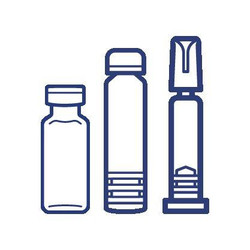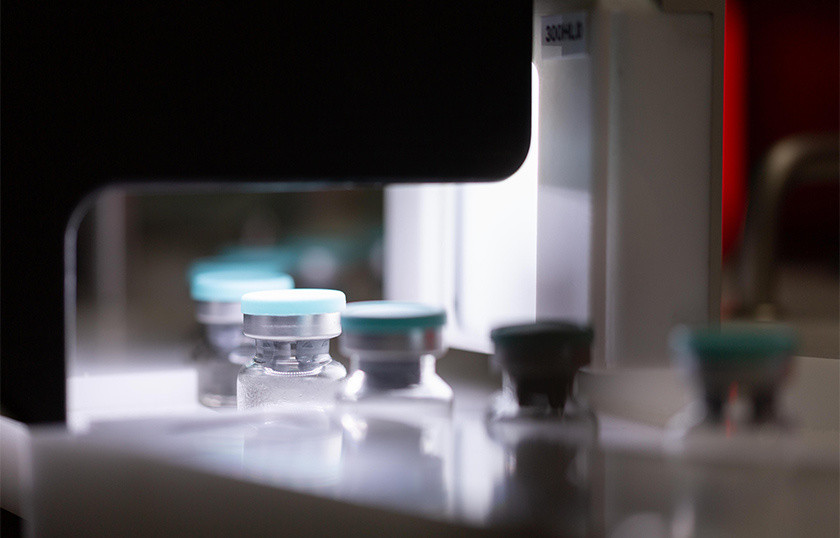




EU GMP Annex I revision encourages deterministic, quantitative, and reliable non-destructive technologies for leak detection. The document introduces the Quality Risk Management (QRM) methodology to comply with high-quality standards and harmonise with ICH9 and U.S. Pharmacopeia (USP) 1207 guidance.
The regulatory document requires the operators to address the process in a more statistically scientific way, introducing the concept of Contamination Control Strategy. This means addressing primary container integrity with a more global approach and shifting from probabilistic sterile testing to deterministic closure testing.
This webinar illustrate the impact this approach has on parenteral product inspection and container closure integrity. Leveraging on Stevanato Group's wide expertise, we will guide the audience through this journey to enhance patients' safety and package integrity during the entire life cycle.

Pharma Inspection Product Development Manager - Stevanato Group
Degree in Physics at Padua University in 1989, master in Nuclear Engineering in the 1990. As researcher at the National Research Council (C.N.R.) he developed several optoelectronic and nuclear scientific instruments for Magnetically Controlled Fusion Research setting up international collaboration with UWA Madison (USA) and Garchin IPP (De).
After 10 years of activity in research he moved to the industrial sector developing optical and vision controls for industrial application as CEO of a Tattile srl subsidiary, now Antares Vision. This experience drove him into the pharmaceutical field, where he started to develop several control applications with vision and spectroscopy tools. He worked as R&D Manager for an important player and developed innovative inspection methods for the inspection machines.
Since 2008 he has been with Stevanato Group as R&D Manager to develop new automation and inspection products dedicated to the pharmaceutical customers of the group.
Sign-up to our webinar!
For questions please contact events@stevanatogroup.com